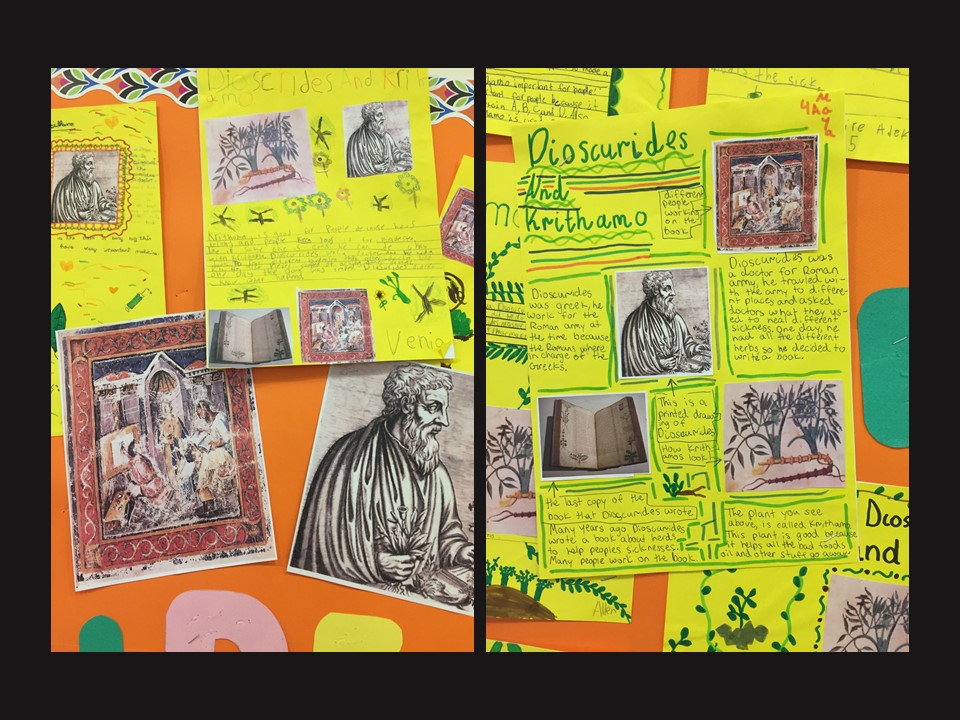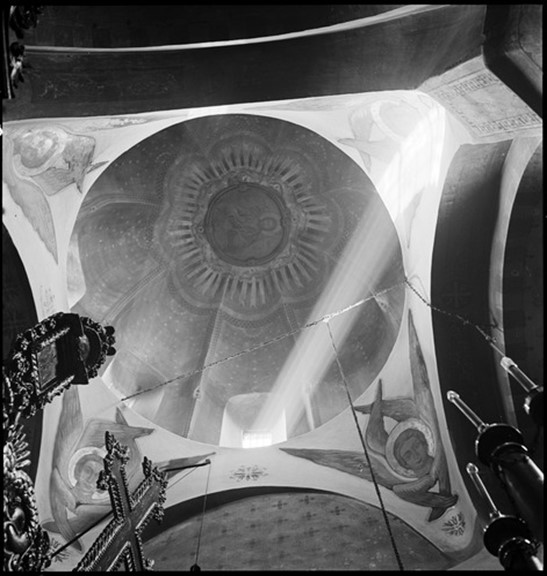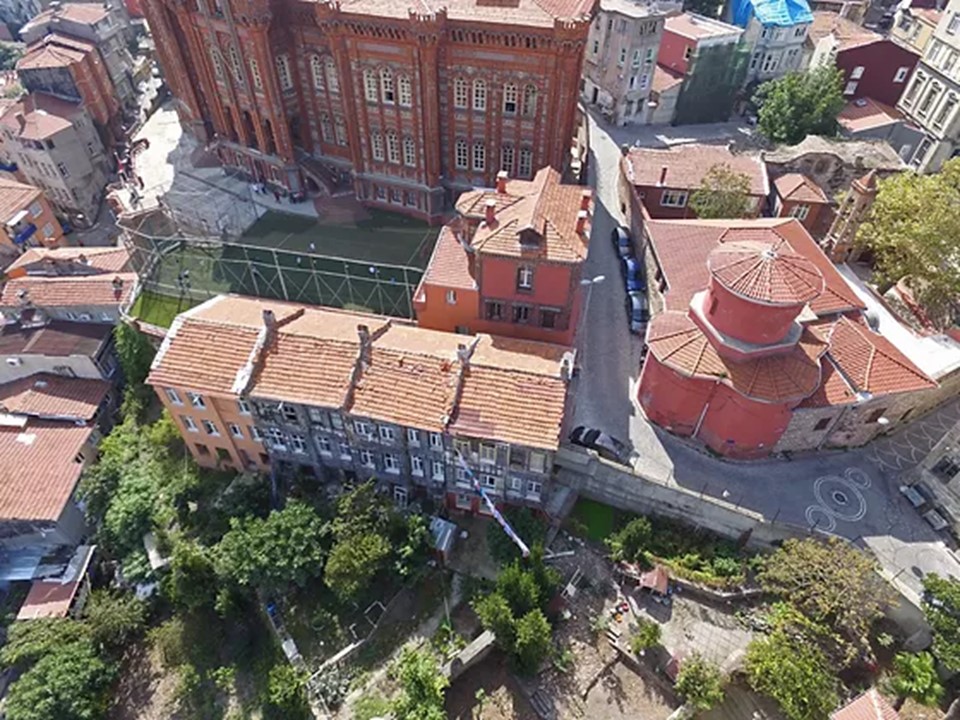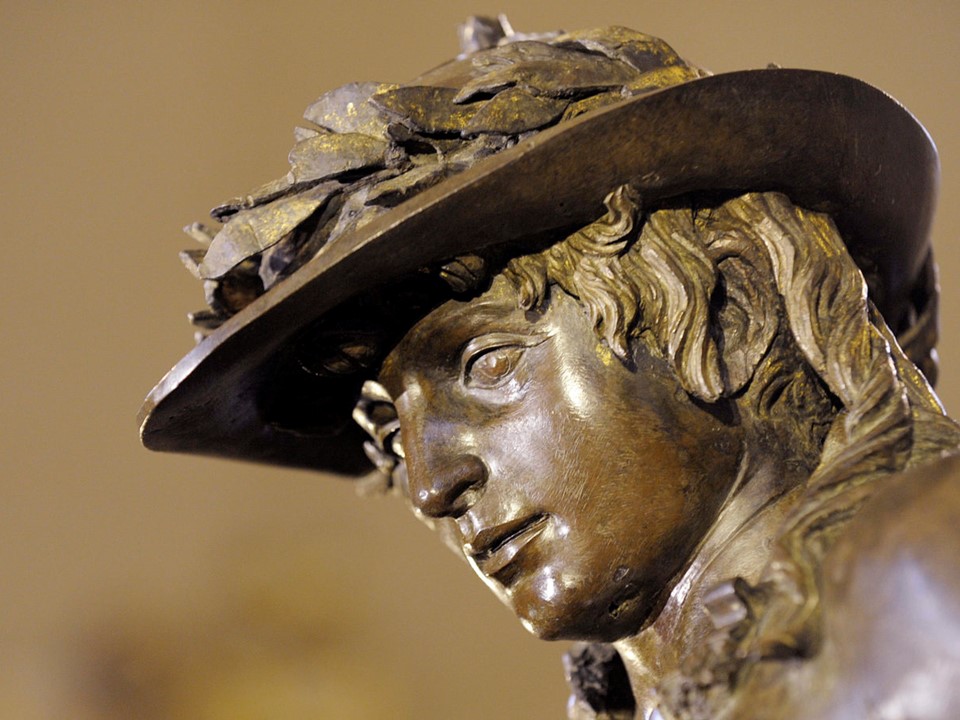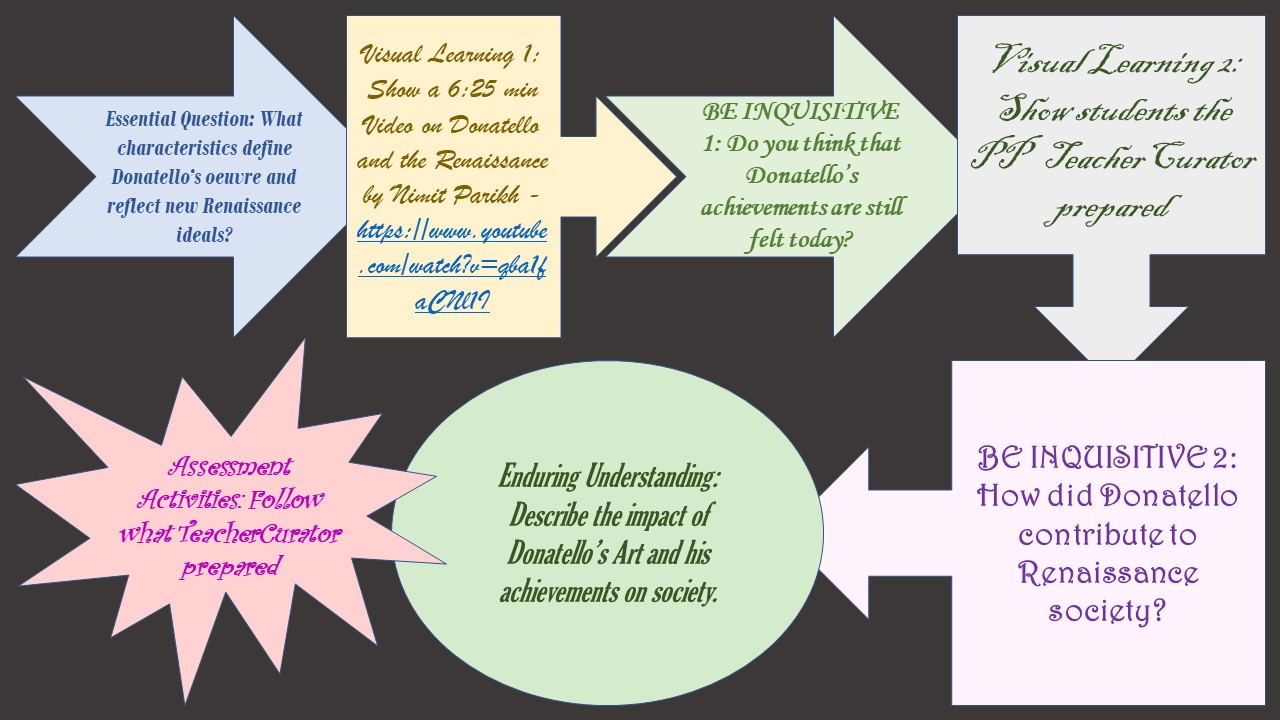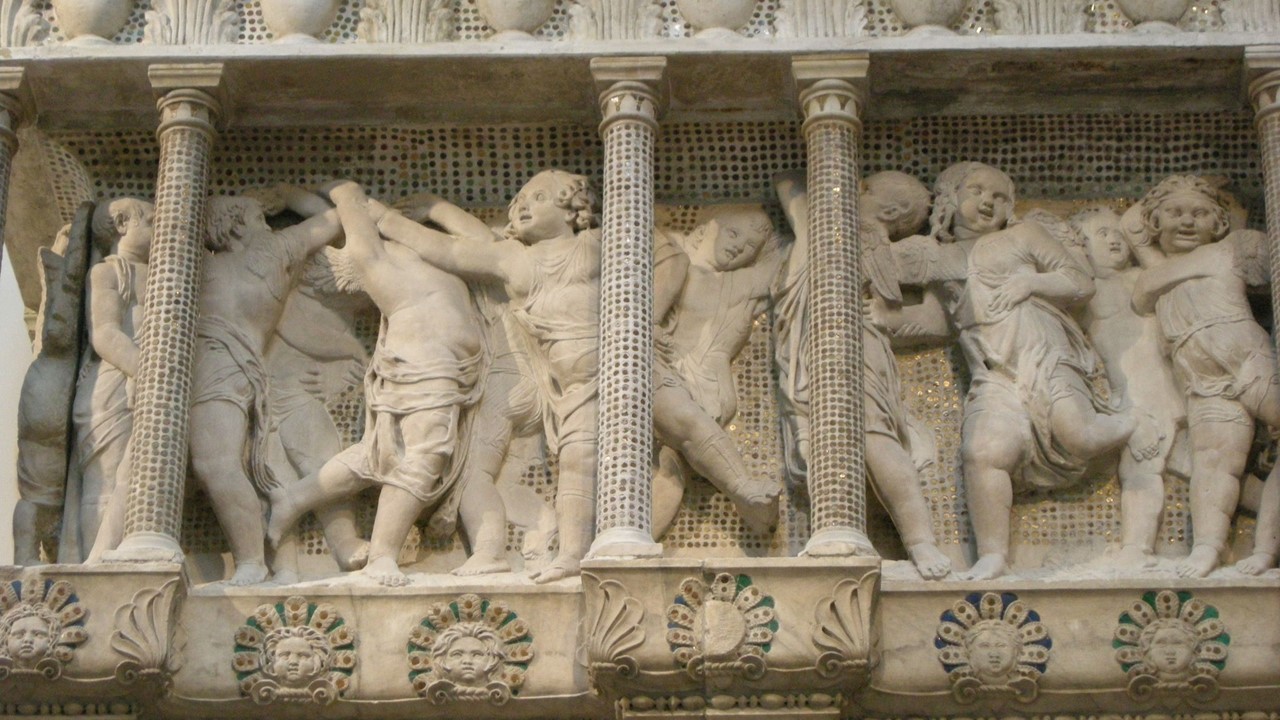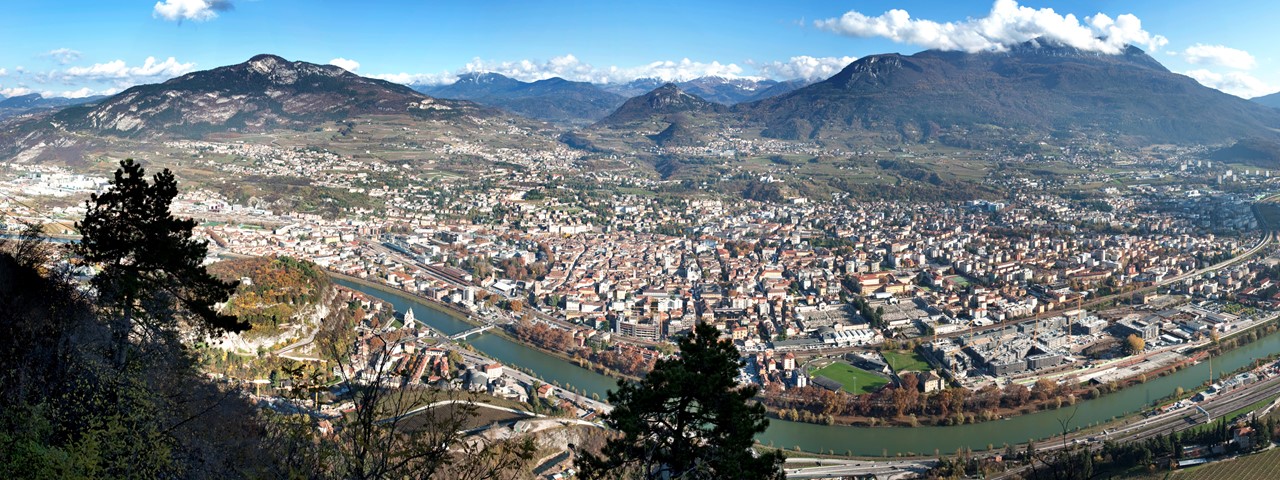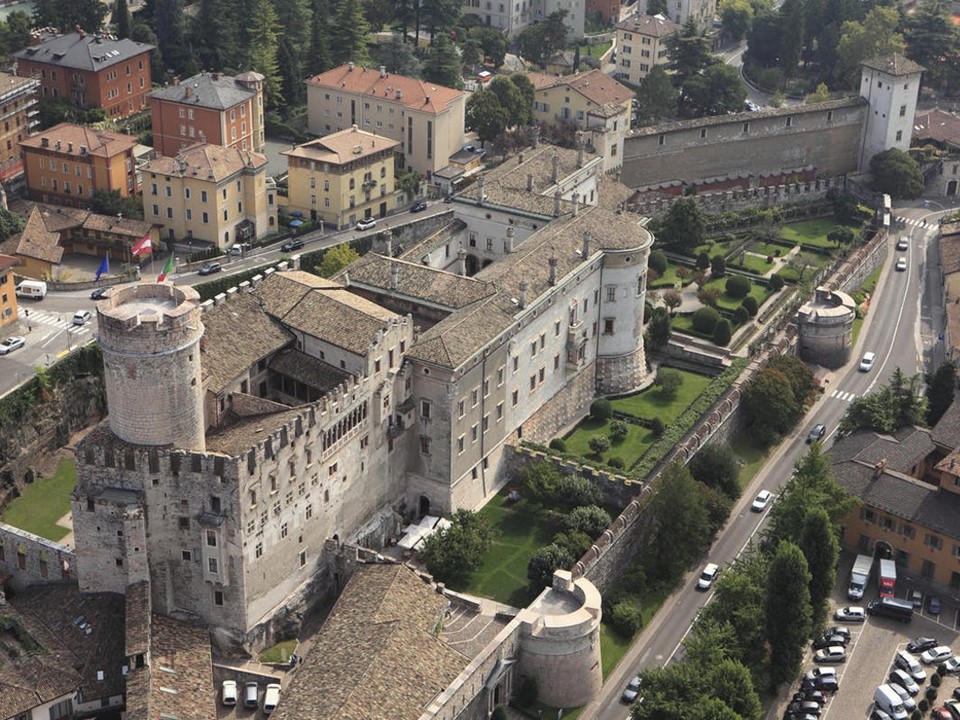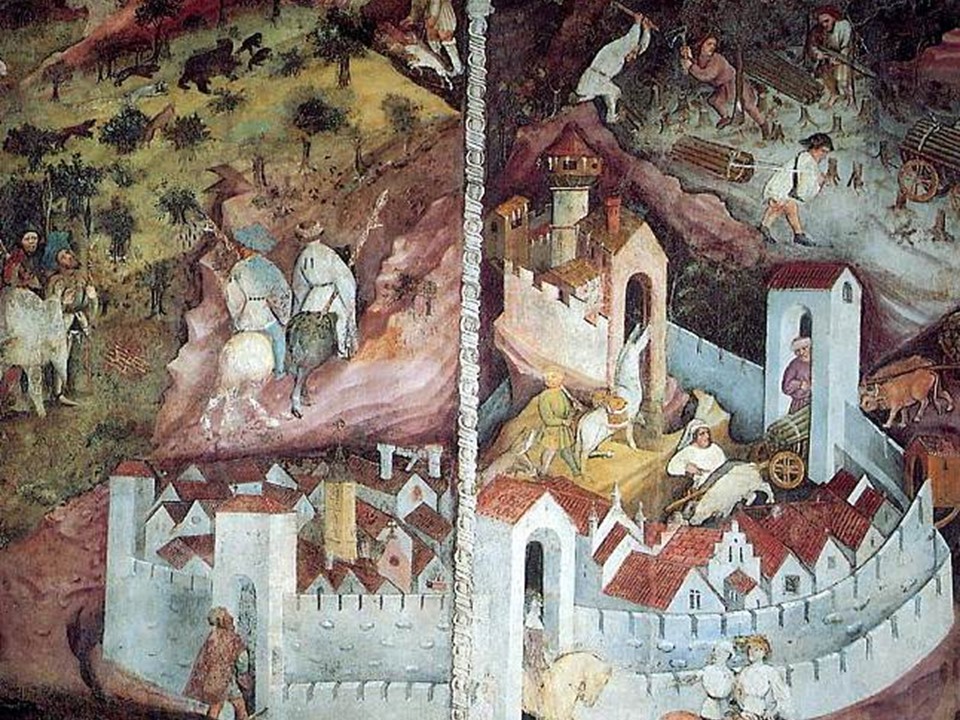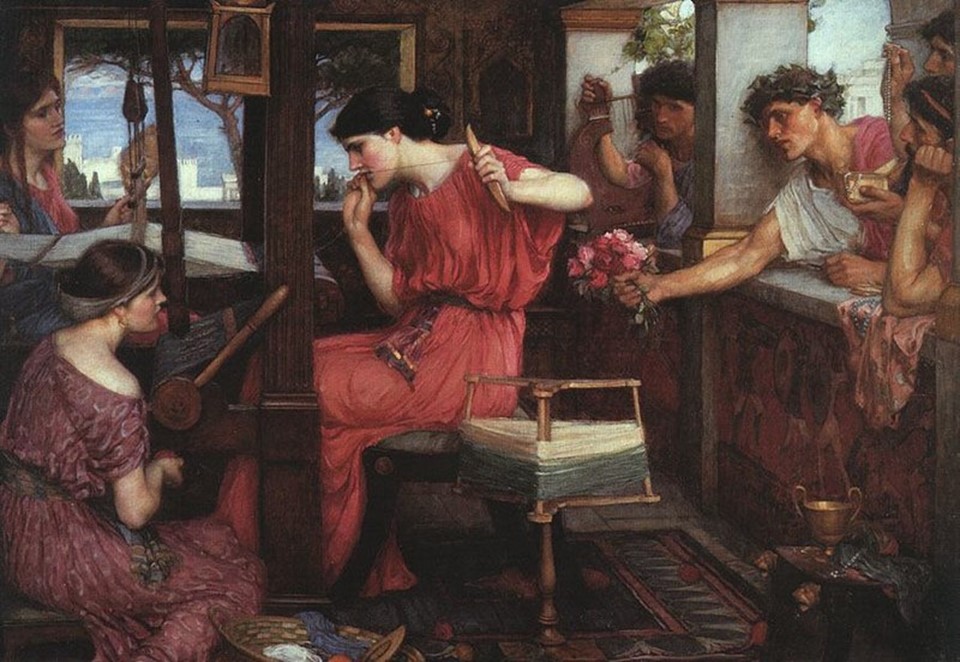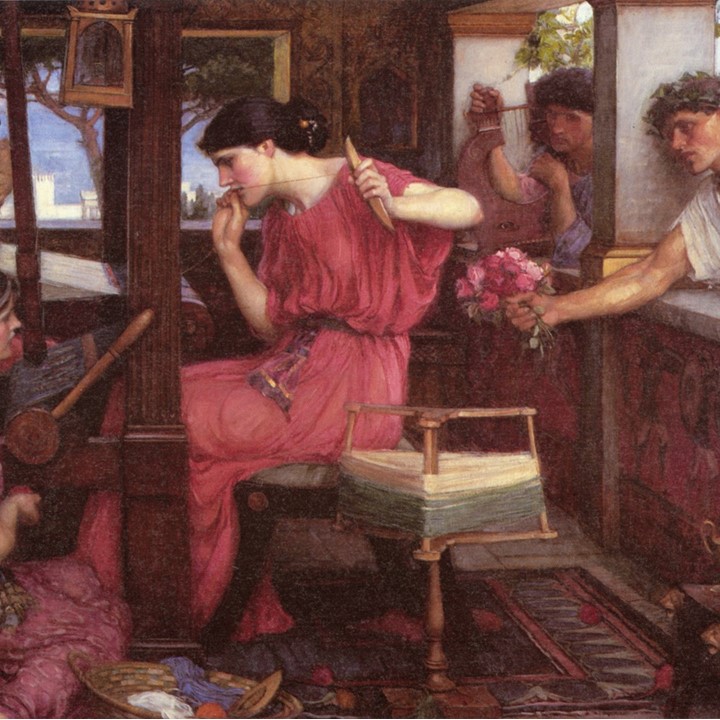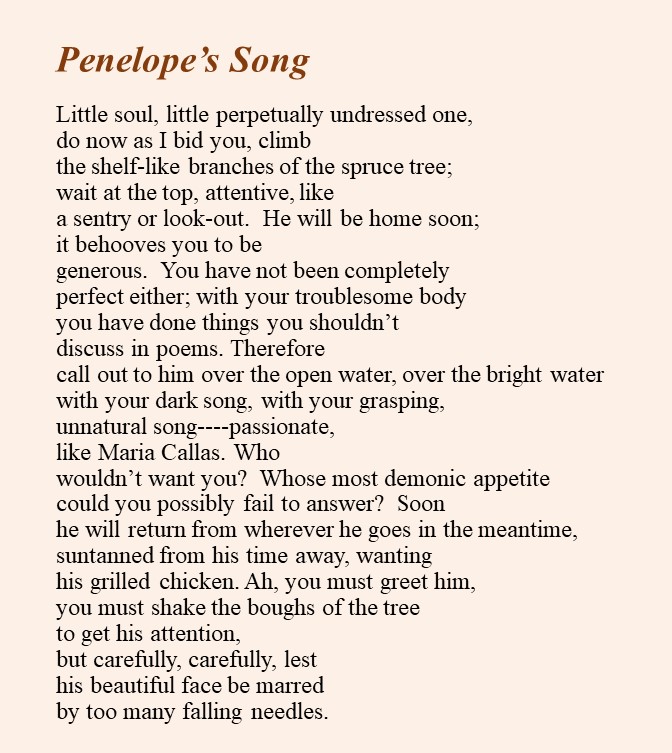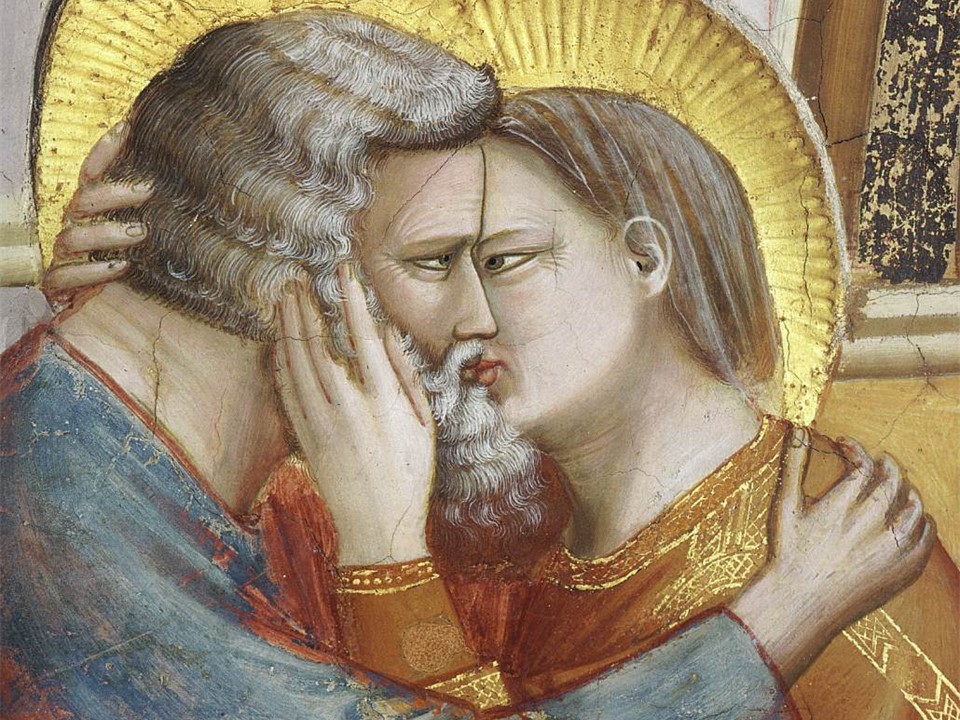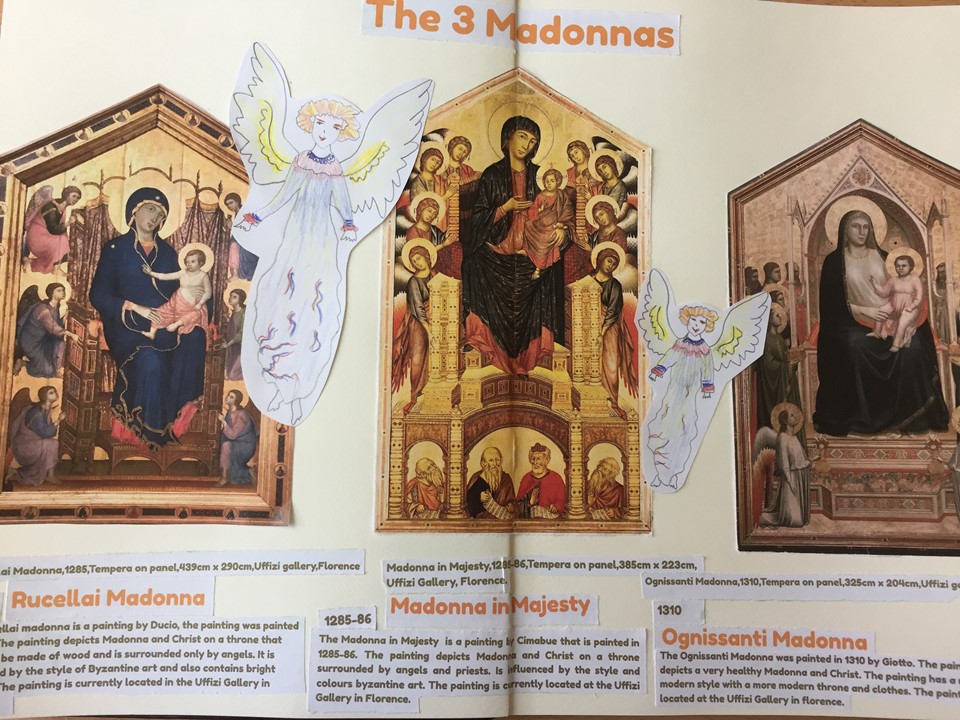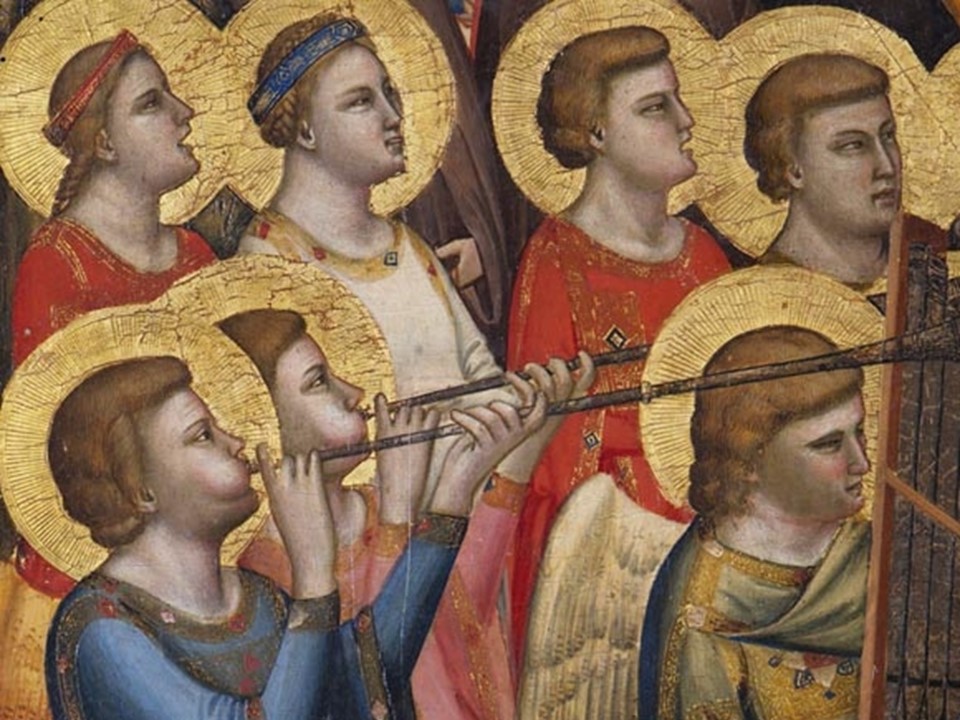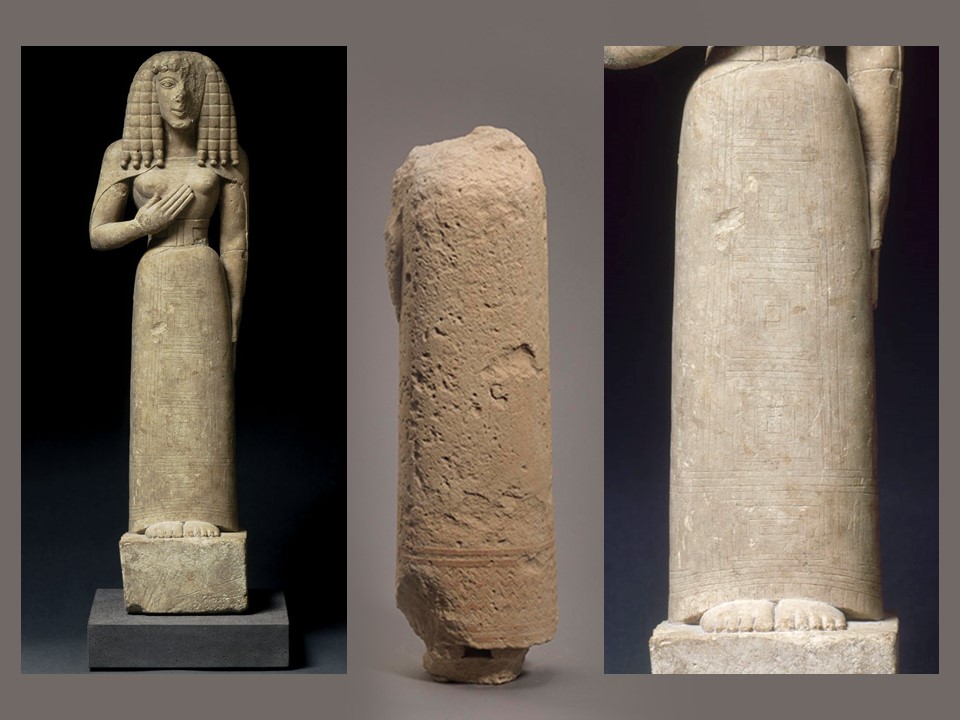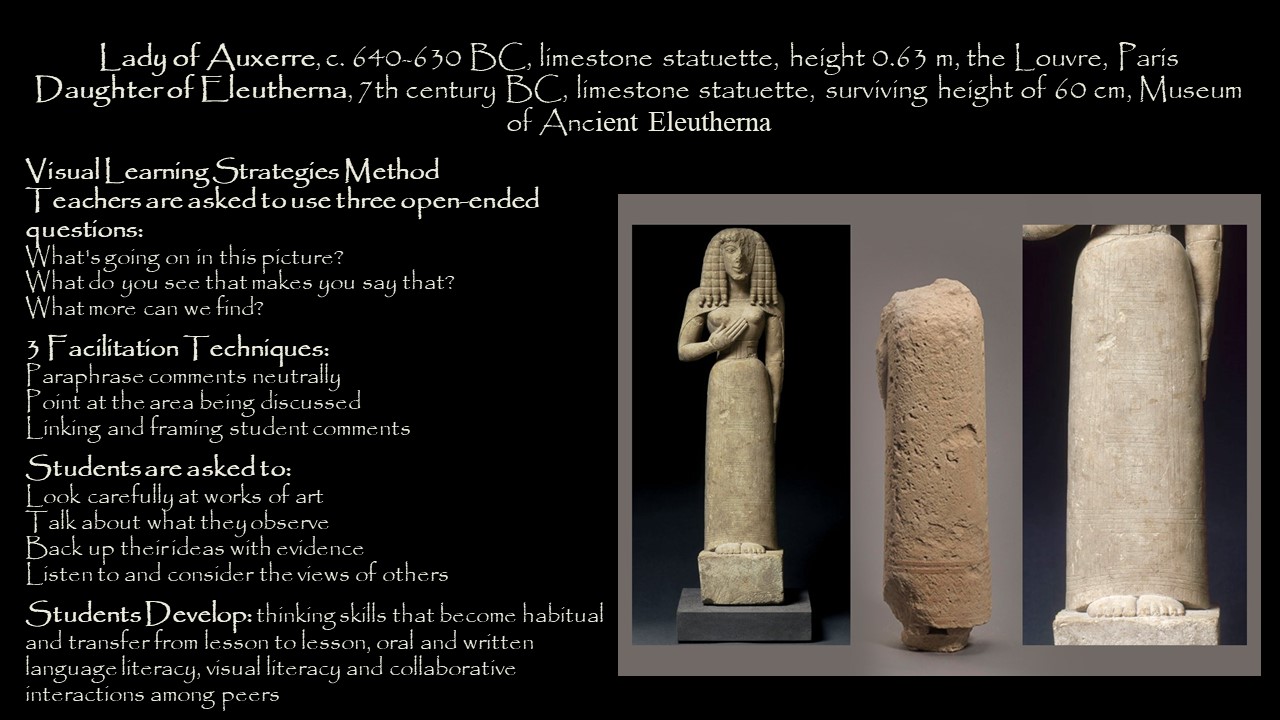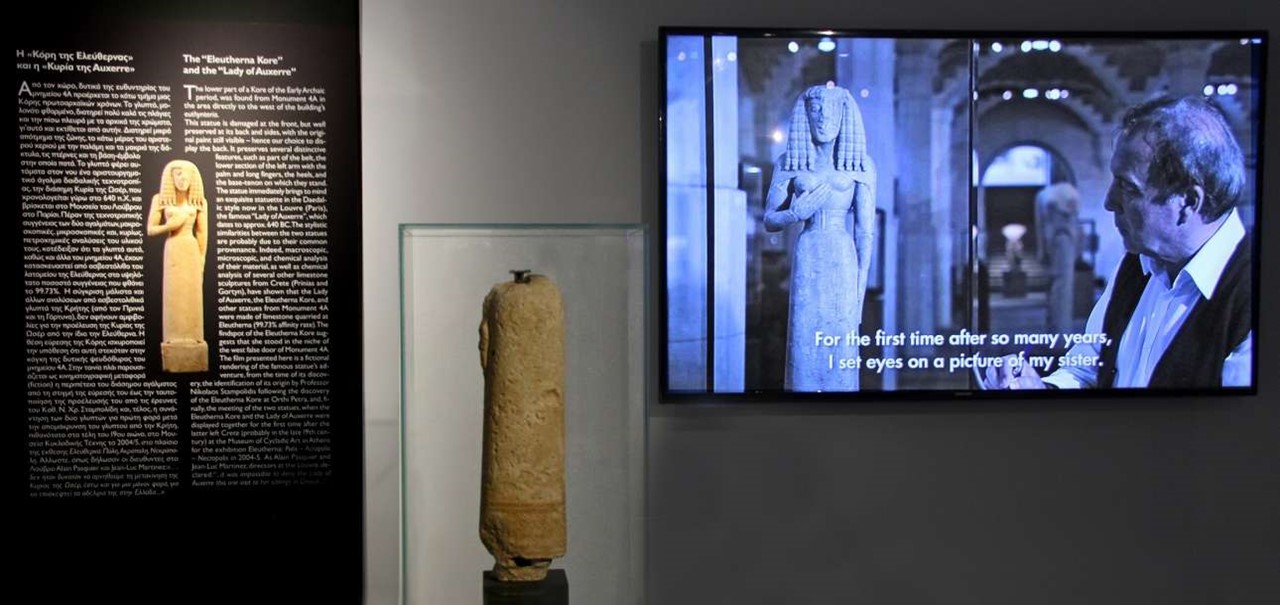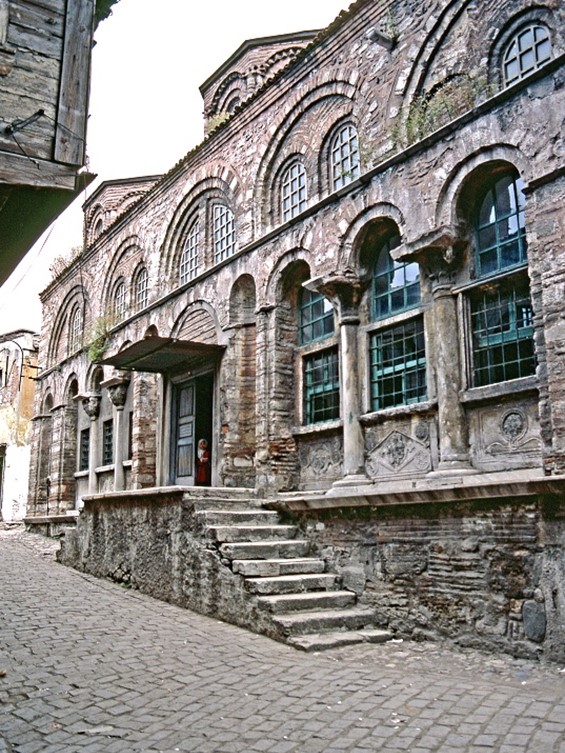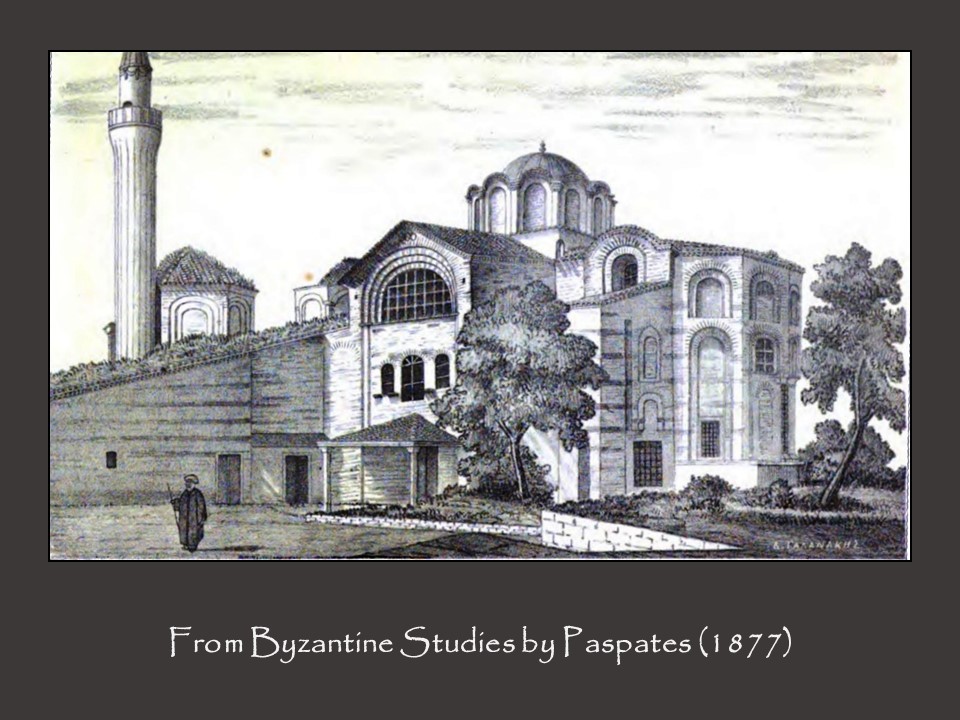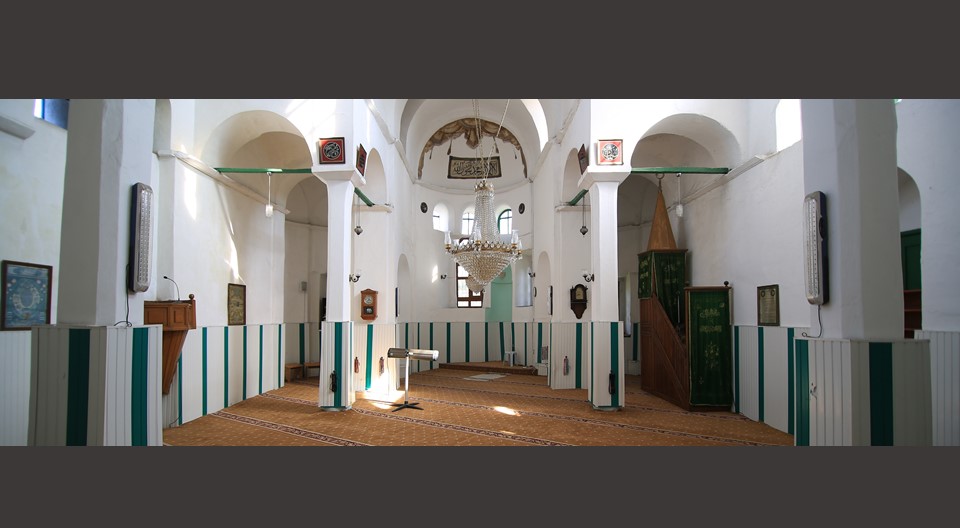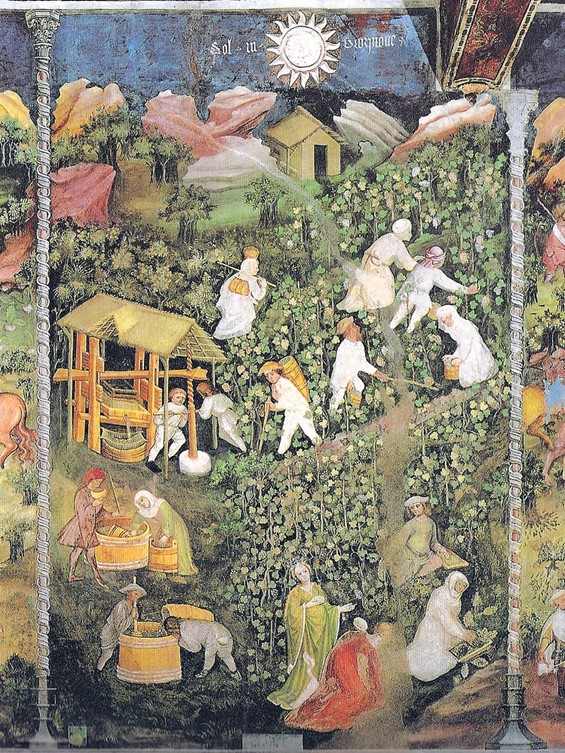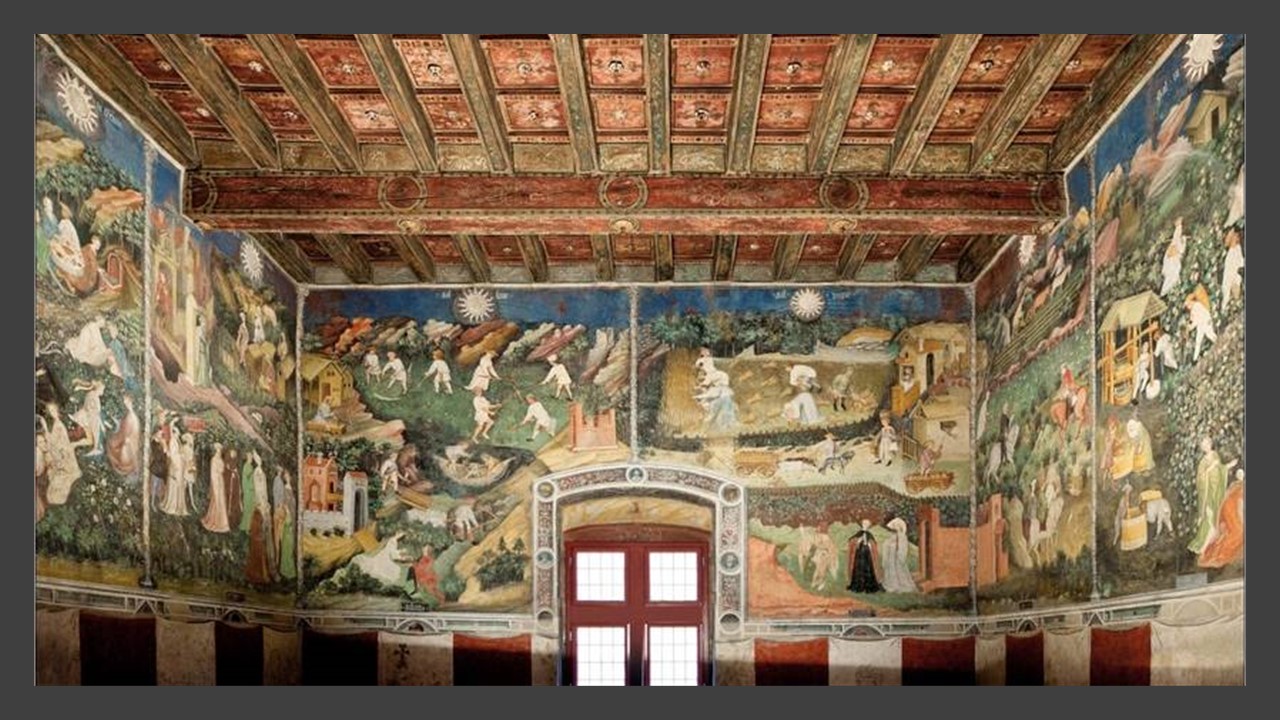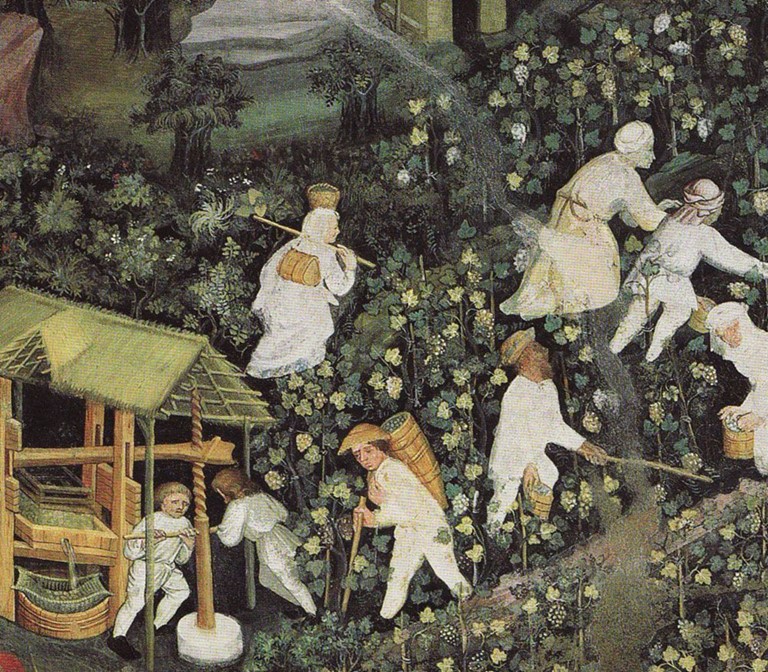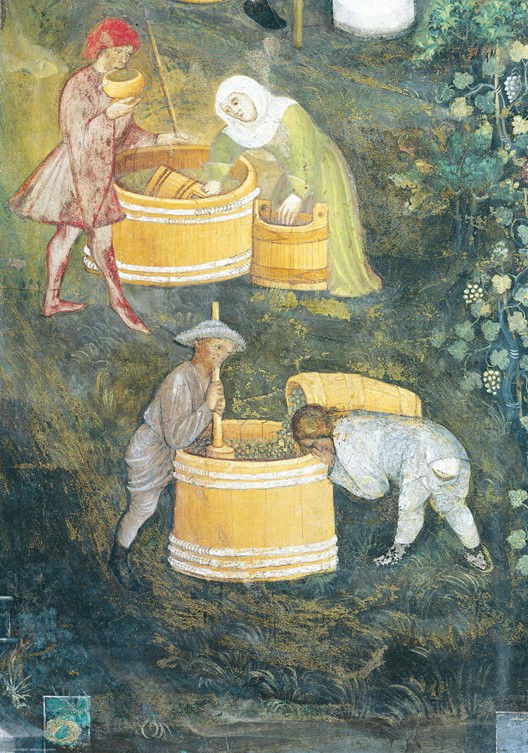
“The Vienna Dioscurides is a Byzantine Greek illuminated manuscript copy of “Medical Material” by Dioscorides, which was created in 515 AD. It is a rare surviving example of an illustrated ancient scientific and medical text… The original “De Materia Medica” or “On Medical Material” was first written between 50 and 70 CE by Pedanius Dioscorides. It is a pharmacopeia of medicinal plants and was widely read and used for more than 1,500 years… This specific manuscript copy was created in the Byzantine Empire’s capital, Constantinople, for the byzantine imperial princess, Anicia Juliana. She was the daughter of Anicius Olybrius, who had been one of the last Western Roman Emperors… The manuscript was presented to the princess in gratitude for her funding the construction of a church… The dedication miniature portrait of Anicia Juliana is the oldest surviving dedication portraits in a book…” I couldn’t better encapsulate the manuscript’s identification. The Vienna Dioscurides is one of the “canvases” I use for my Course on Cultural Geography of Greece and specifically my Lessons on popular Greek Plants like Dioscurides and Krithamo. https://joyofmuseums.com/ancient-manuscripts-and-historically-influential-books/vienna-dioscurides/
The Protagonists

Anicia Juliana (462 – 527/528 AD)was an incredible woman, a prominent member of the up-to-date ruling Roman Imperial Dynasties. She was the daughter of Emperor Anicius Olybrius of the Western Roman Empire, the wife of the Magister Militum of the Eastern Roman Empire, Areobindus Dagalaiphus Areobindus and the mother of Olybrius Junior, a Roman Consul. Anicia Juliana was the wealthiest woman in the Roman Empire and the greatest patron of the Arts at the time. She is the ktitorissa of religious edifices, the Church of Hagios Polyeuktos in Constantinople, built by the year 527, the most sumptuous of all, and the recipient of a magnificent manuscript, a copy of De Materia Medica by Dioscurides, known today as Vienna Dioscurides. https://www.thebyzantinelegacy.com/anicia-juliana
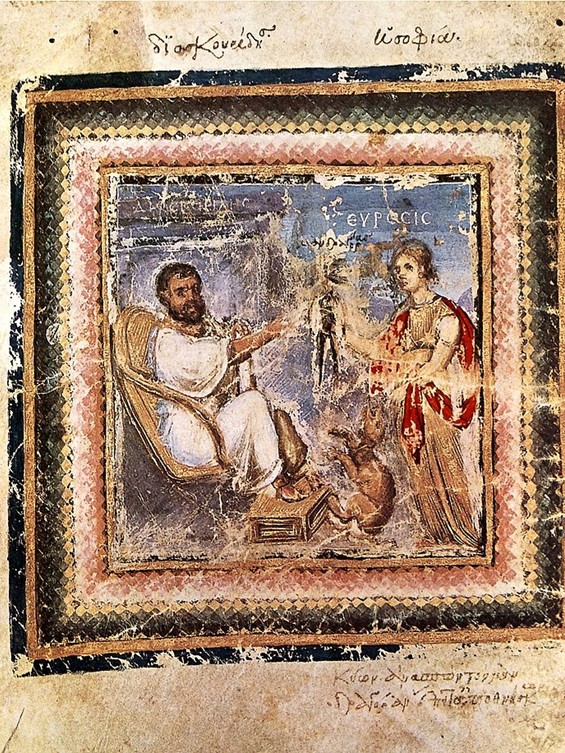
Pedanius Dioscurides (c. 30-90 AD) was a Greek physician, pharmacologist and botanist who served in the Roman army of Emperor Nero during the1st century AD. He was a native of Anazarbus in Asia Minor and studied medicine at the nearby school in Tarsus. Following the Roman Army, Dioscurides collected information and samples of local medicinal plants and about 70 AD he published De Materia Medica, a five volumes treatise on the “medicinal properties of over one thousand natural medicinal substances; most of these… botanical in origin, but drugs of animal and mineral origin…” as well. The book’s subtitle, “On the Preparation, Properties and Testing of Drugs, sets the empirical, scientific tone of this work… Dioscorides didn’t accept anything on faith, or on the reputation of established authorities; he checked everything out and tested every drug clinically. He personally travelled and researched the local folk medicine uses of every herb… The presentations of every herb and medicinal substance in Dioscorides’ herbal were very thorough. It included plant names, synonyms and illustrations; plant habitat and botanical descriptions; properties, actions and uses of the drug; negative side effects if any; administration and dosage recommendations; directions on harvesting, preparation and storage of herbs or drugs…” One can only admire the painstaking work done by Dioscurides and the reasons why De Materia Medica “has been the prime authority and source work on herbs and other medicinal substances in the history of Western Civilization, and quite possibly in the history of the world.” http://www.greekmedicine.net/whos_who/Dioscorides.html

Simply put… the Vienna Dioscurides is one of the most beautiful Byzantine Manuscripts in the world! The c. 512 AD Codex, written in vellum folios and magnificently illuminated, was created in a workshop in Constantinople, and granted, as a gift of gratitude, to the Imperial Princess Anicia Juliana for her patronage in the construction of a church in the quarter of Honoratae. The Vienna Dioscurides is one of the “canvases” I use for my Course on the Cultural Geography of Greece and specifically Lessons on popular Greek Plants like Dioscurides and Krithamo. Please CHECK my POWERPOINT HERE! for pictures of manuscript folios and interesting FACTS about it.

Crithmum Maritimum, according to Dioscurides, Krithamo and Rock Samphire today, grows on rocky beaches where there is a little sand and strong, salty winds. This is one of the plants presented in the Constantinopolitan Codex of Anicia Juliana, described as having detoxifying properties, good to treat liver, intestinal and renal dysfunction. Dioscurides refers to it as “λαχανεύεται εφθόν τε και ωμόν εσθιόμενον, και ταριχεύεται εν άλμη.” I use the illumination of Crithmum Maritimum in Dioscurides’s manuscript in my Cultural Geography of Greece Class to discuss the Plant’s characteristics and create an Inter-Disciplinary Activity my students enjoy doing… as you can see HERE! for the Activity’s instructions and HERE! and HERE! for samples of student work. https://www.itrofi.gr/fytika/votana/article/1623/kritamo-votano-toy-gialoy-poy-dynamonei-anosopoiitiko-kai-einai-gemato
